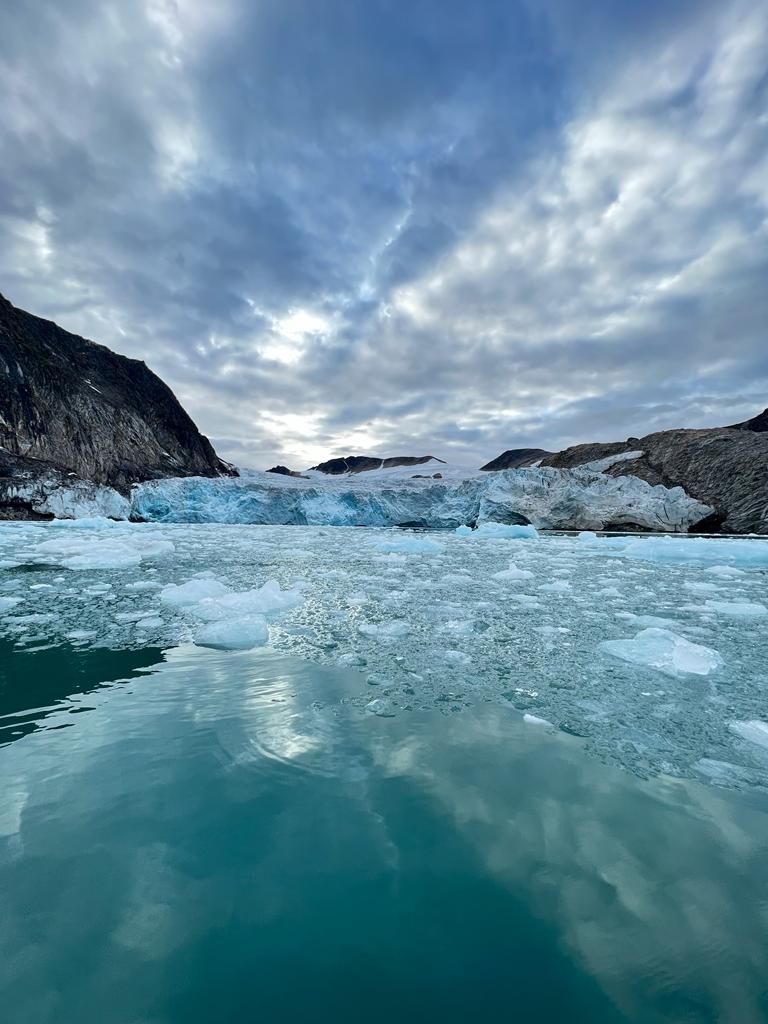End of the World & Antarctica
प्रकाशित: 09.03.2019
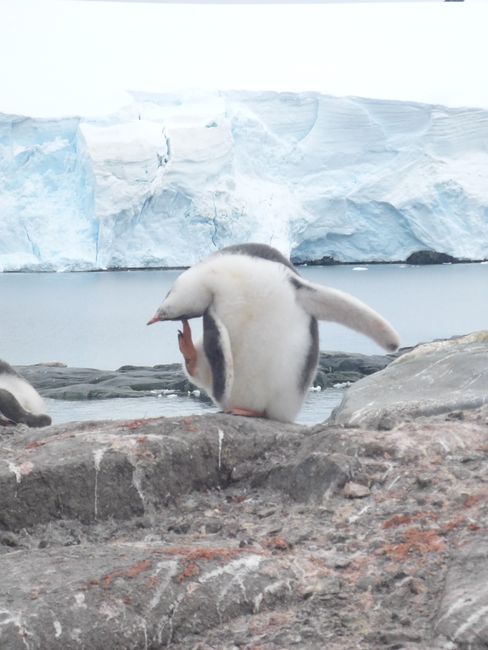
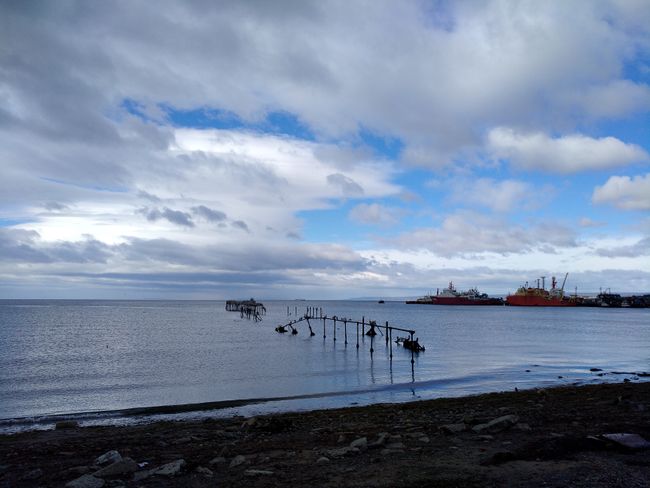
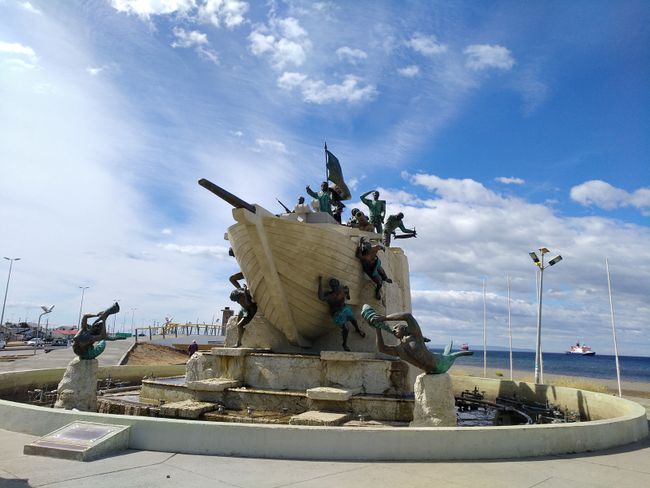
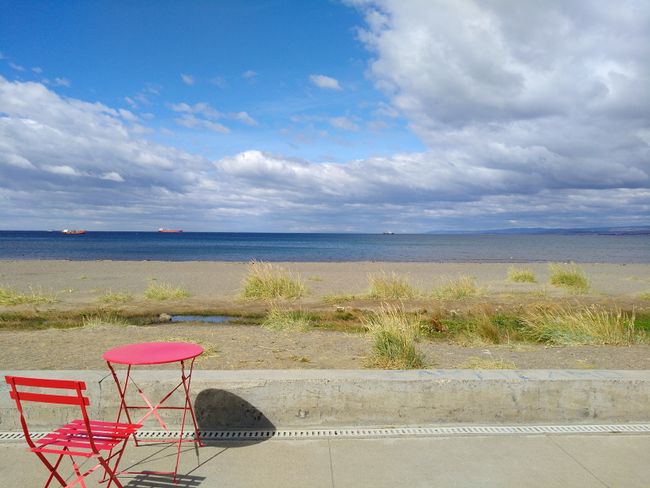
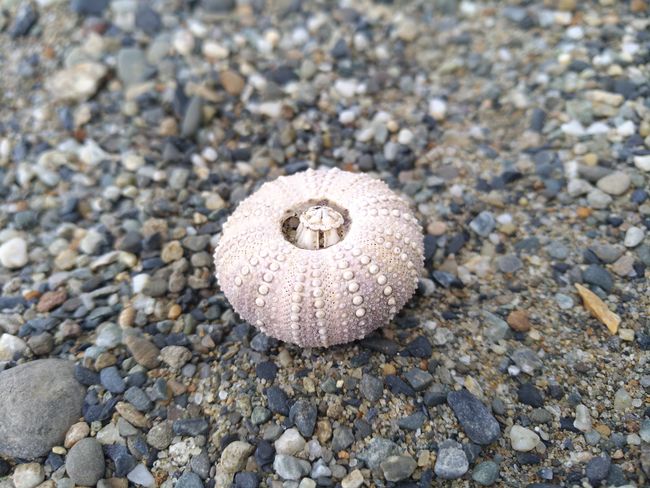
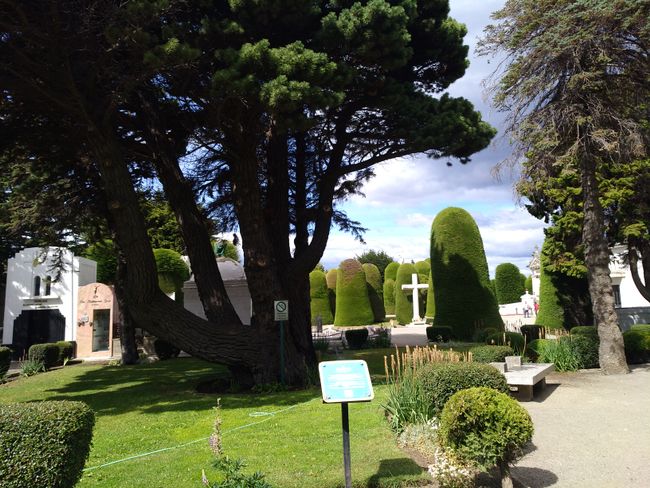
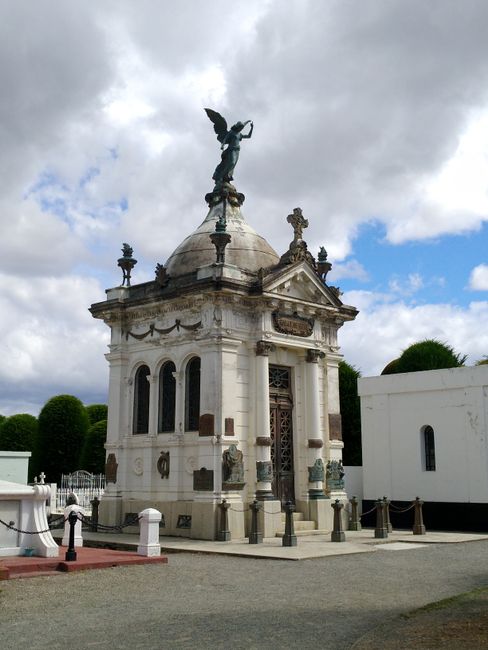
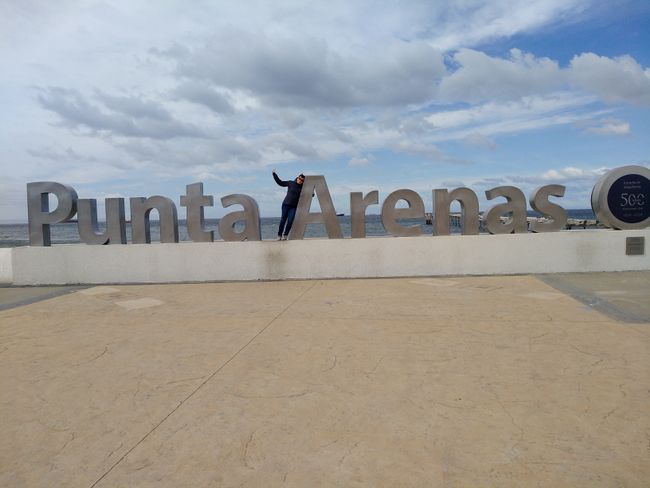
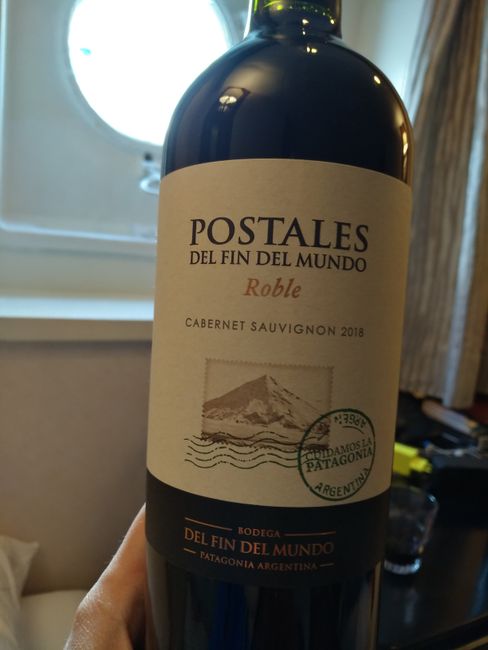
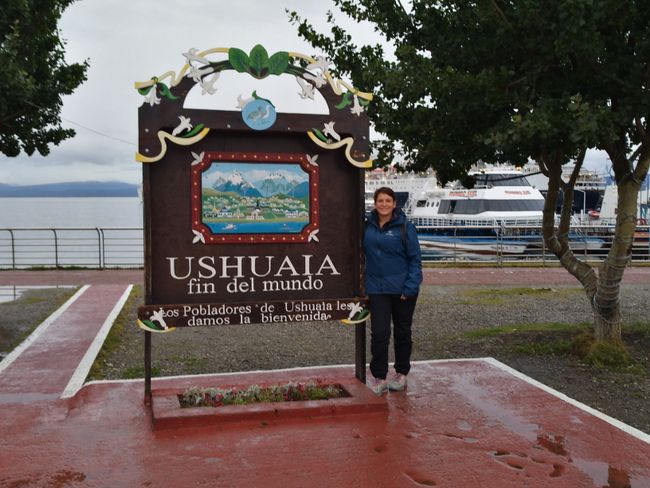
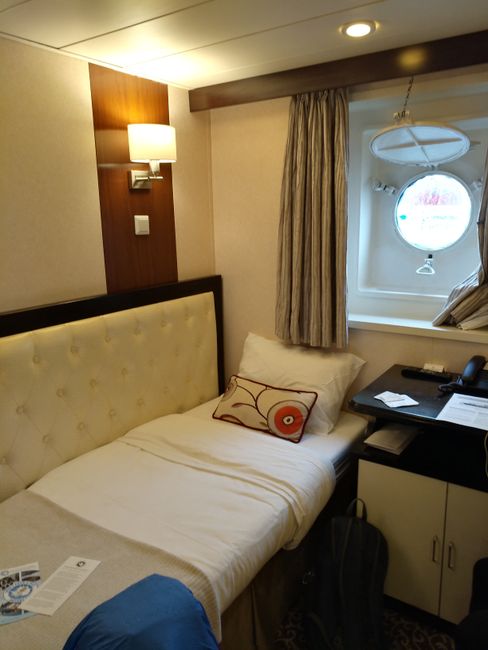
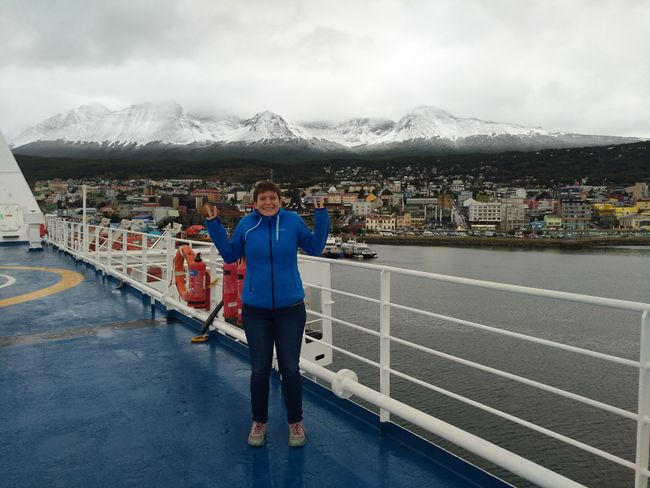
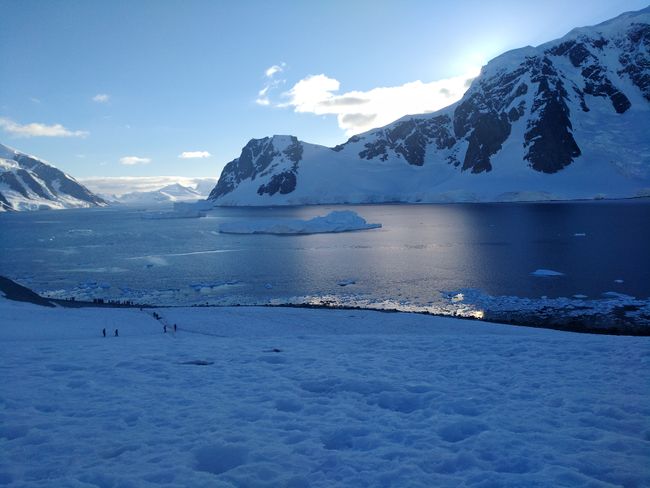
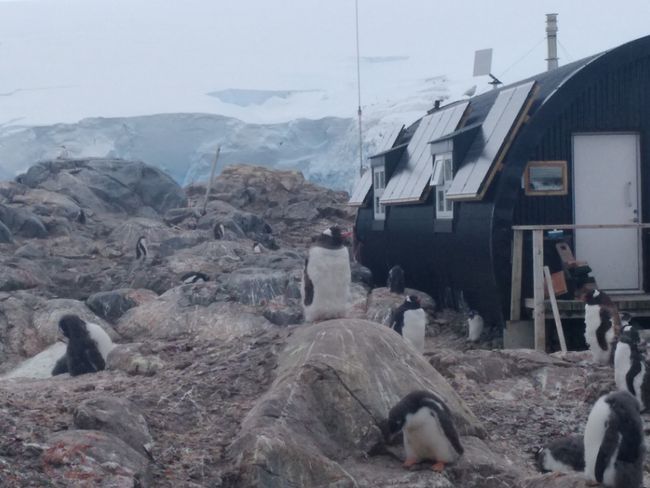
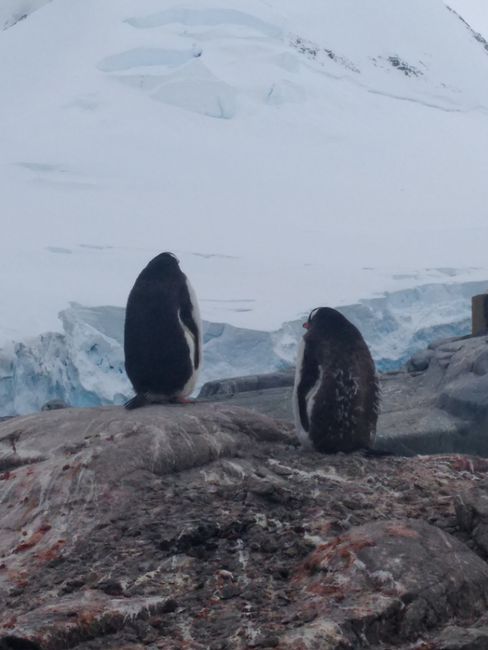
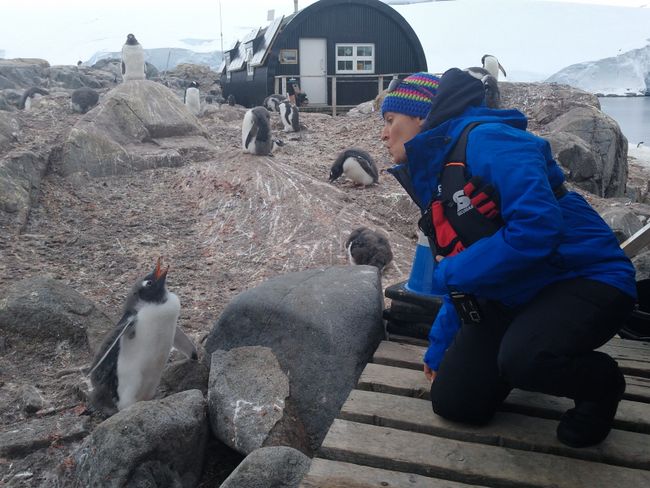
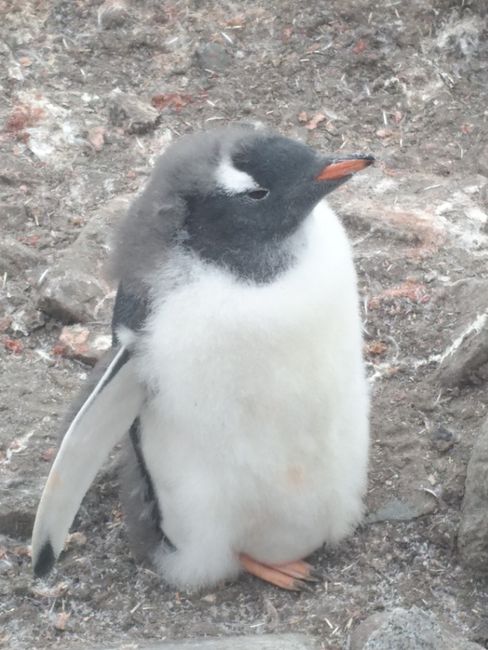
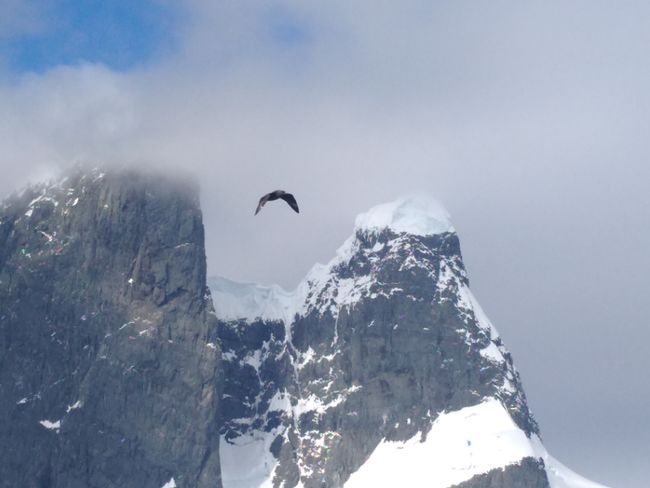
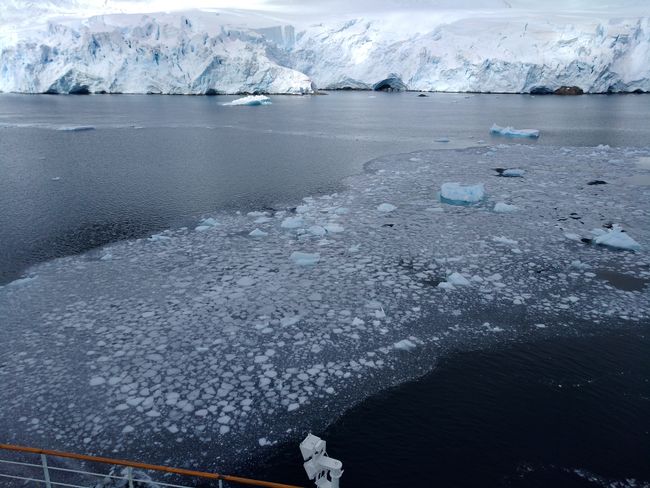
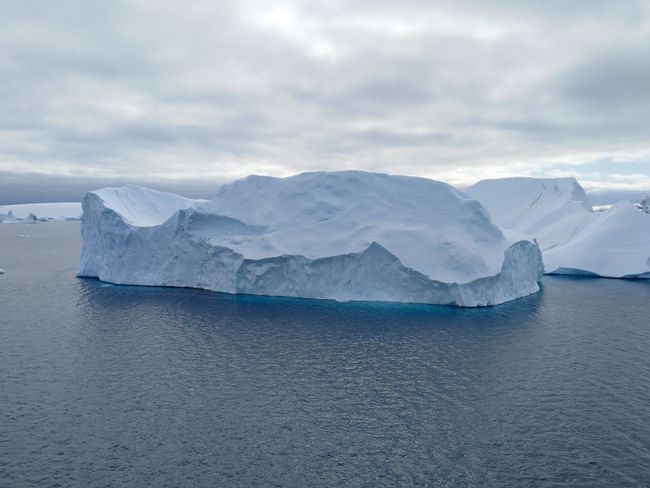
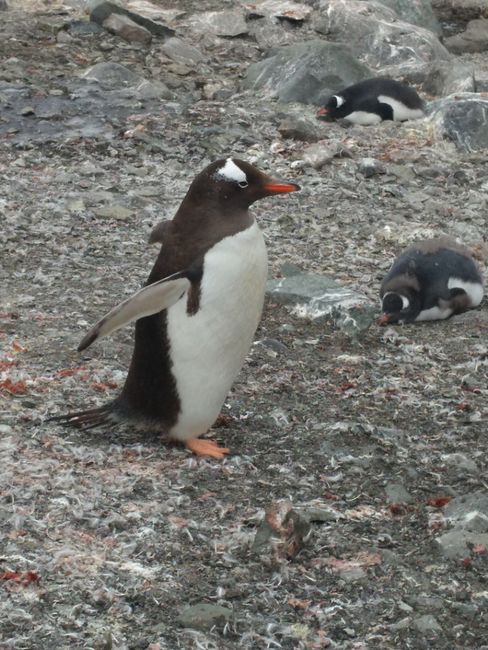
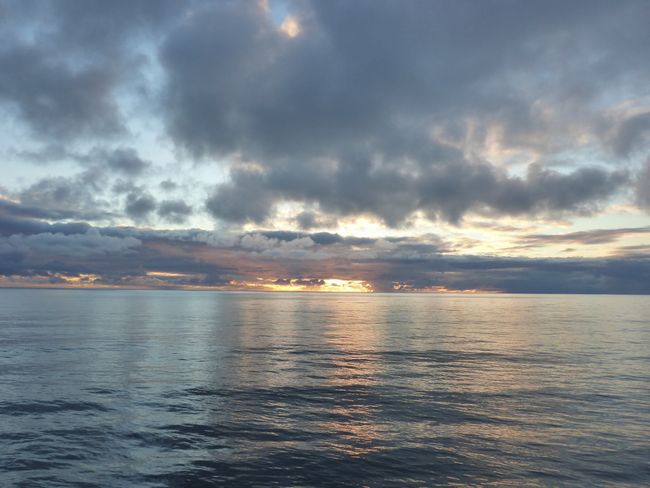
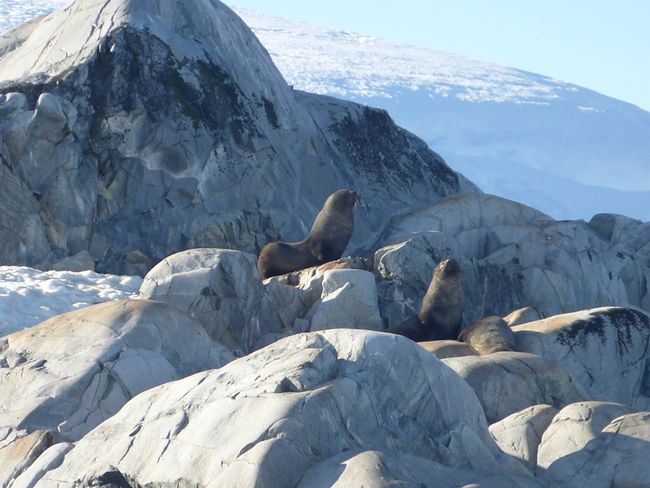
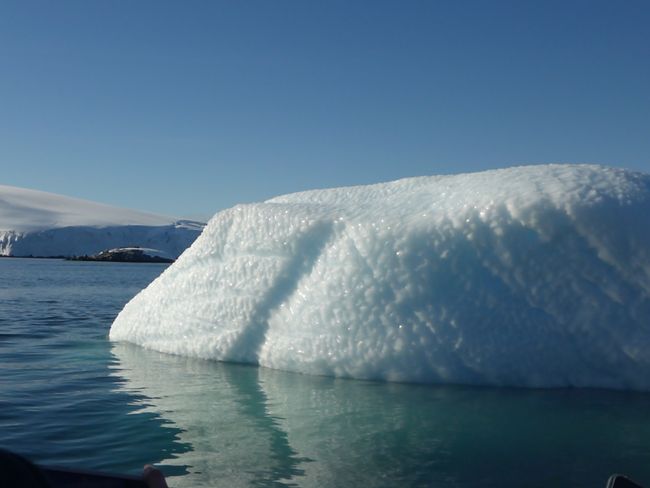
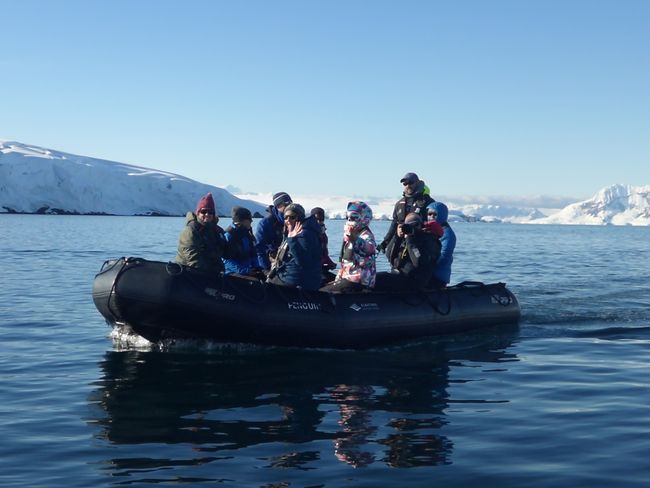
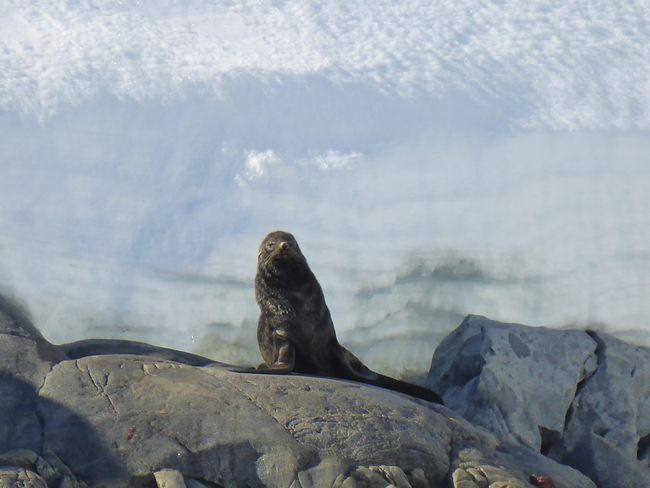
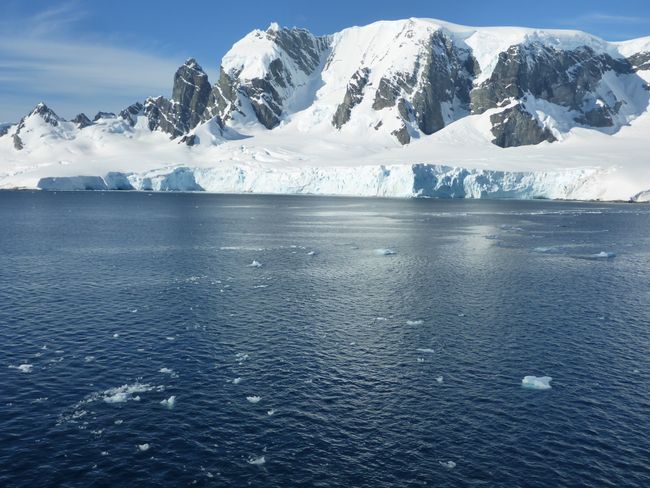
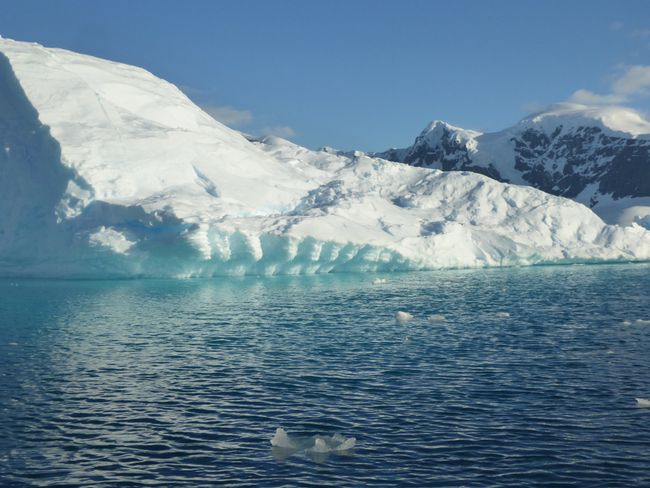
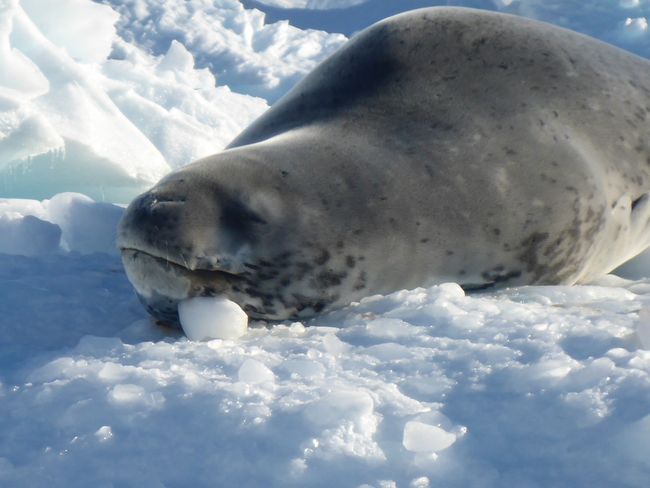
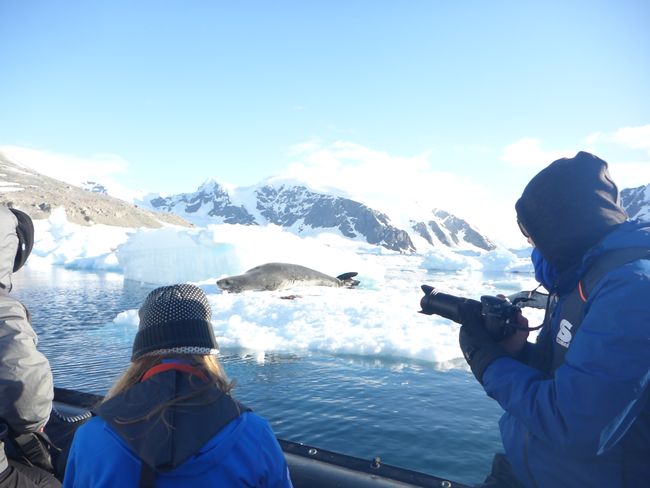
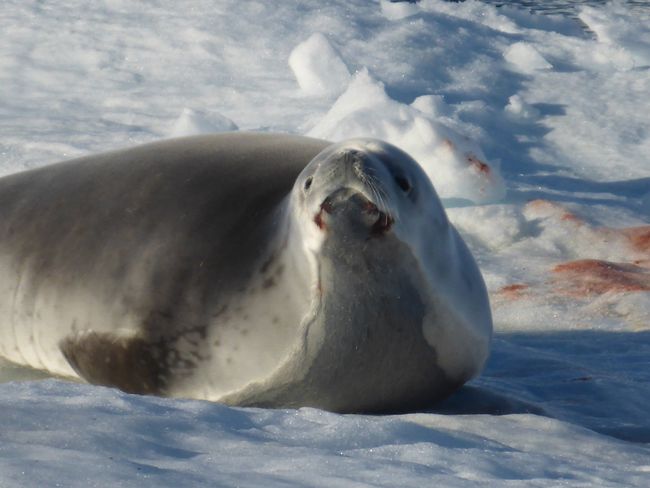
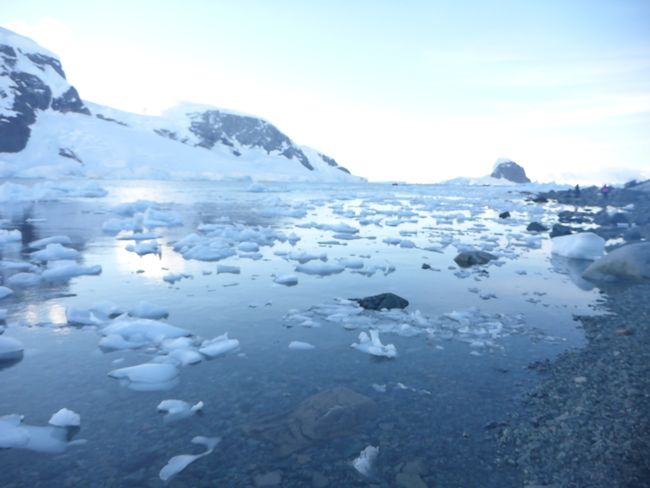
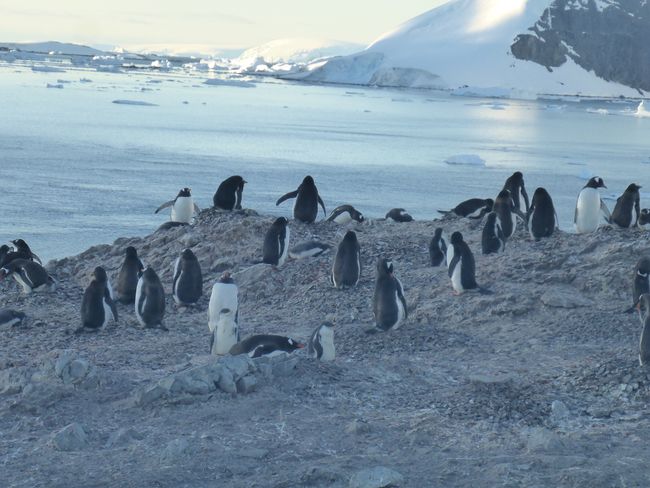
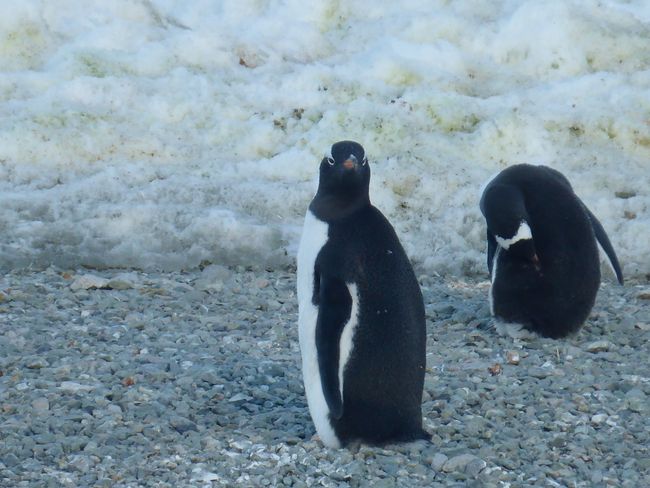
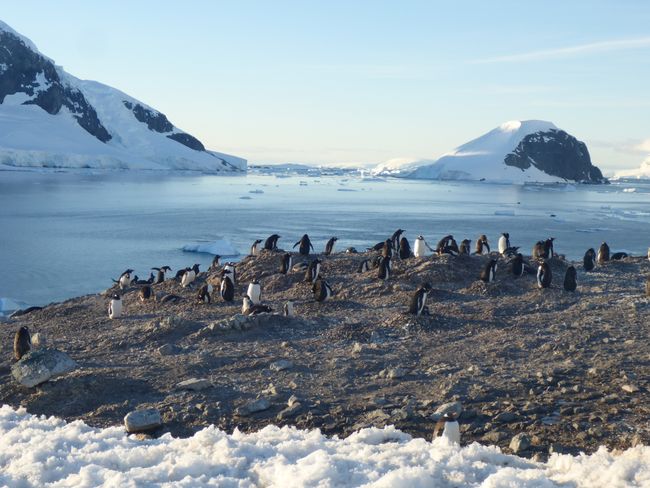
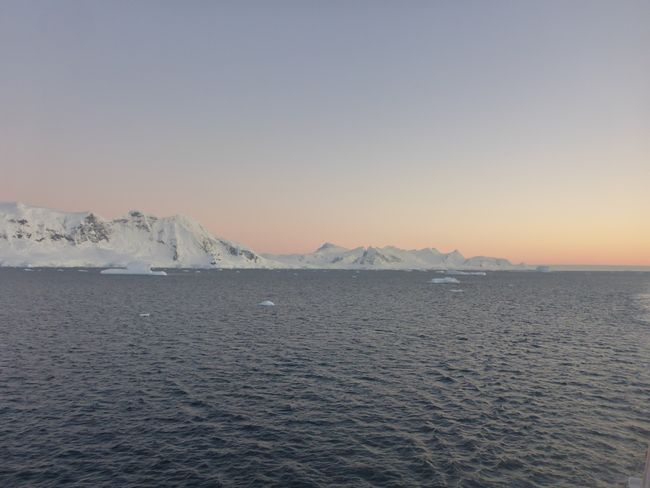
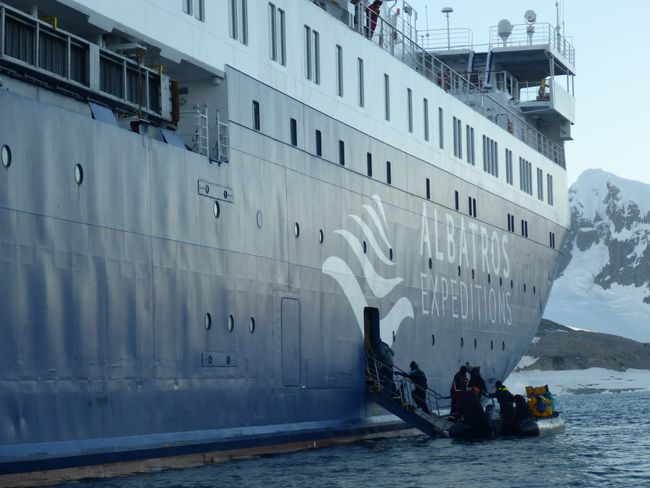
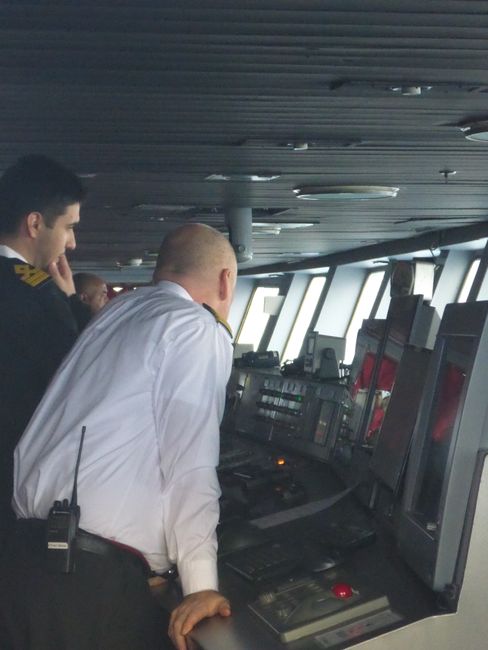
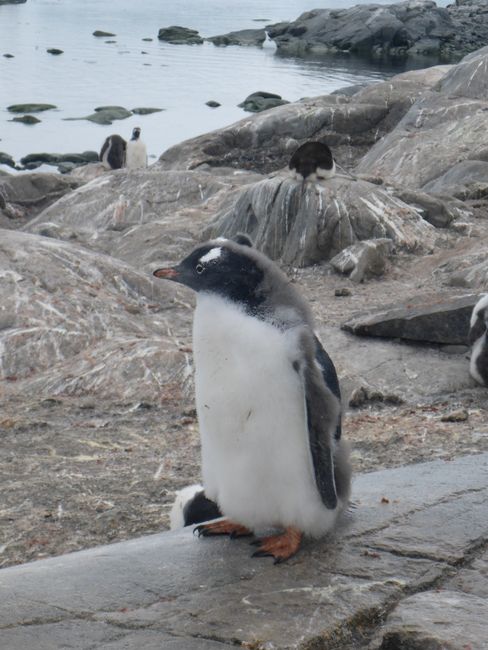
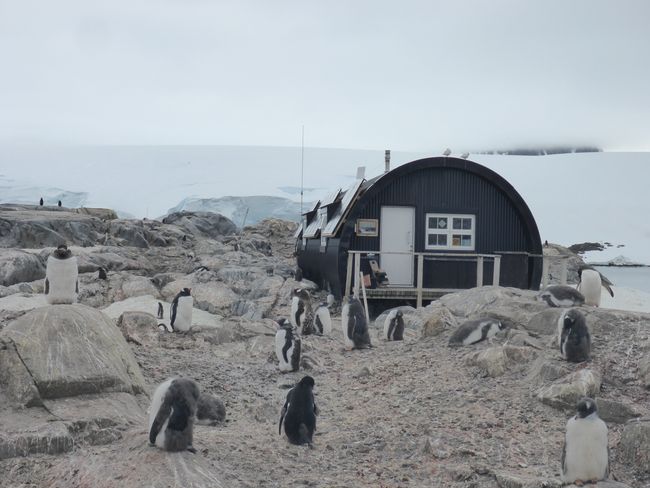
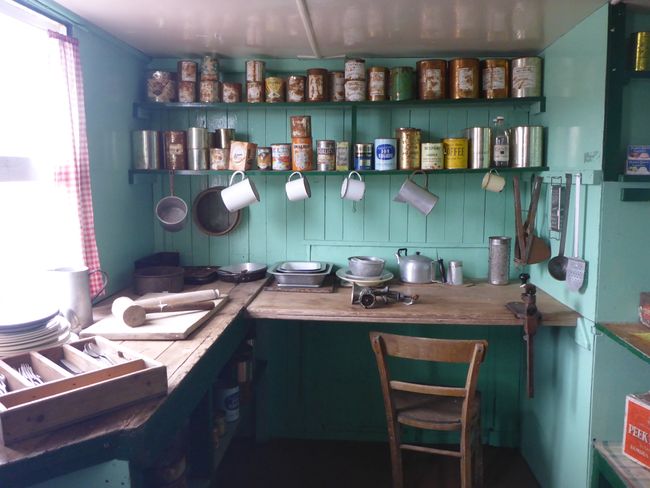
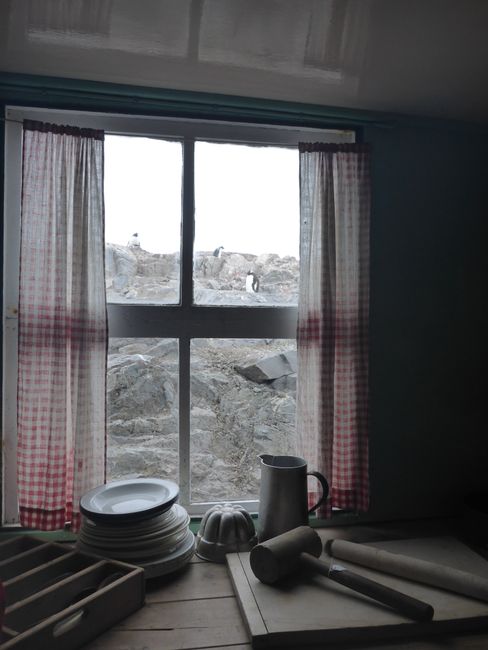
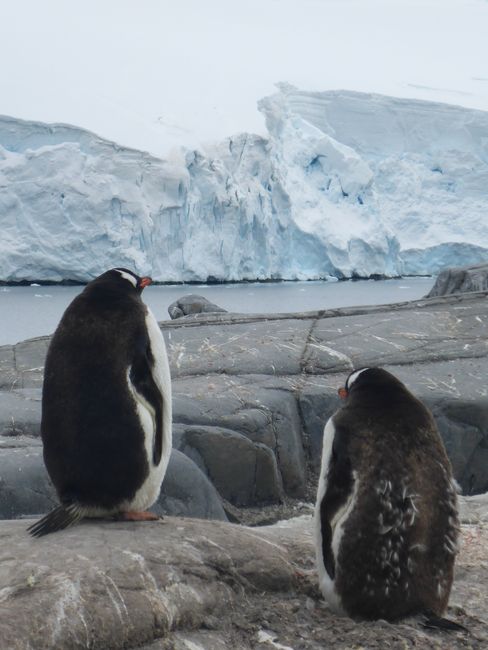
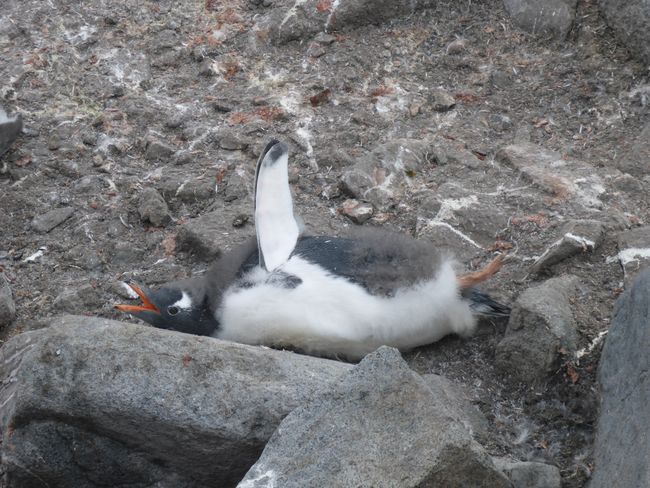
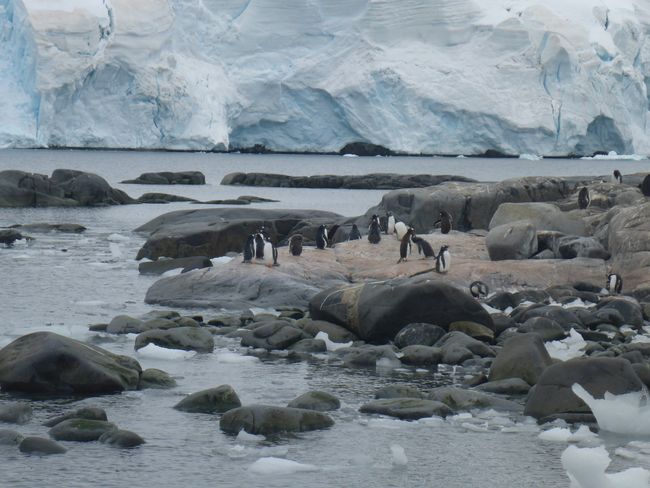
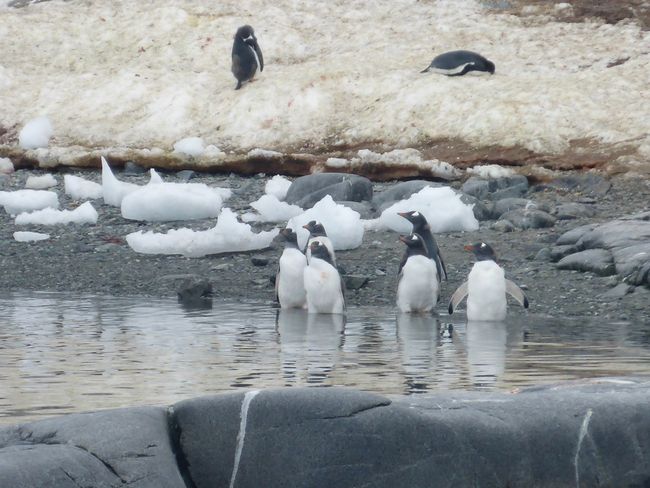
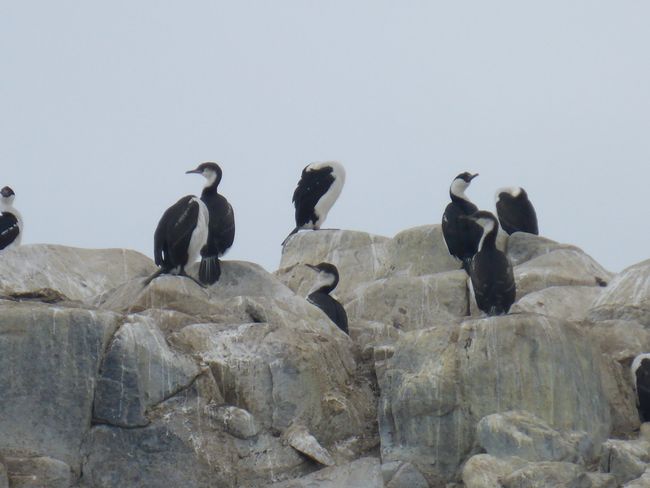
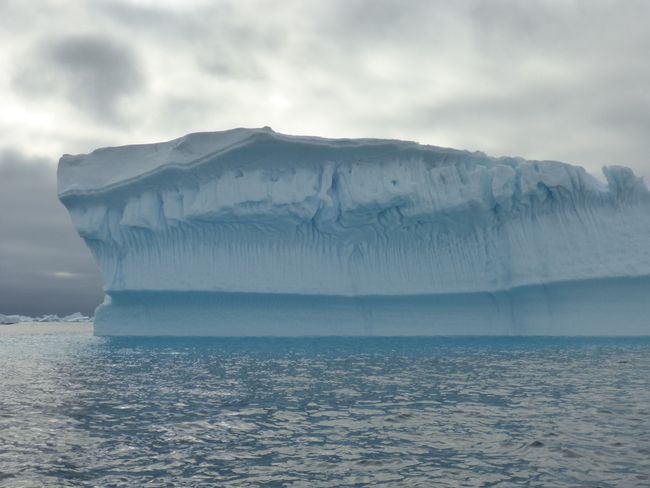
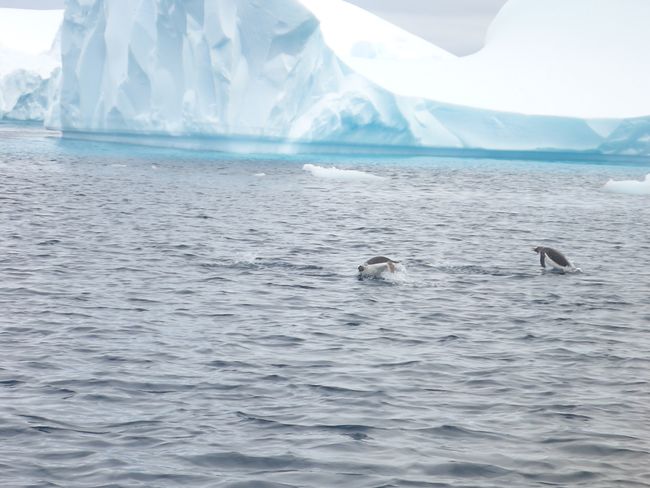
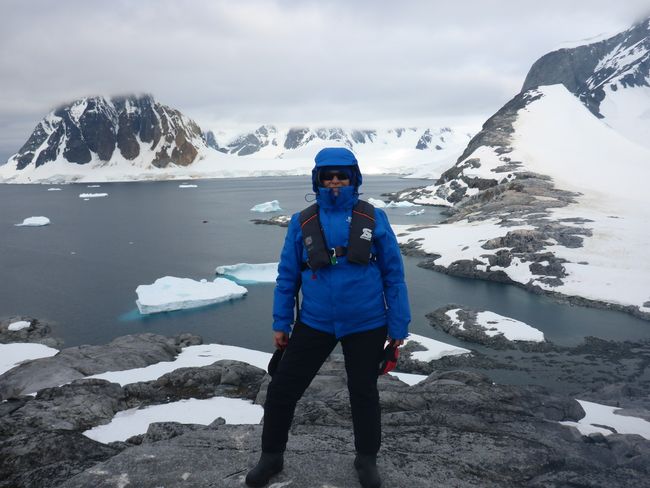

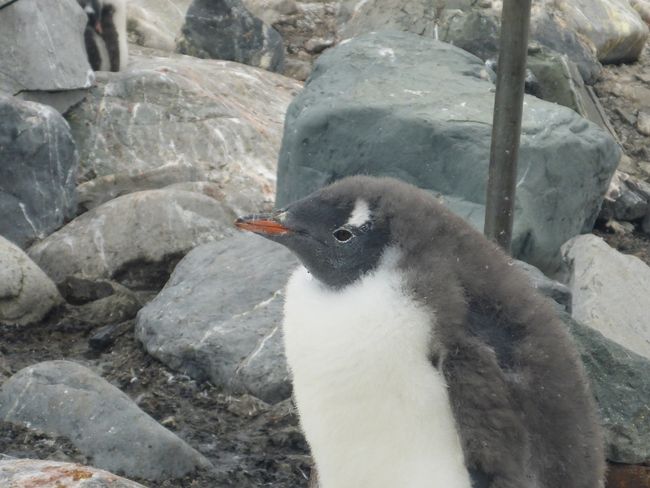
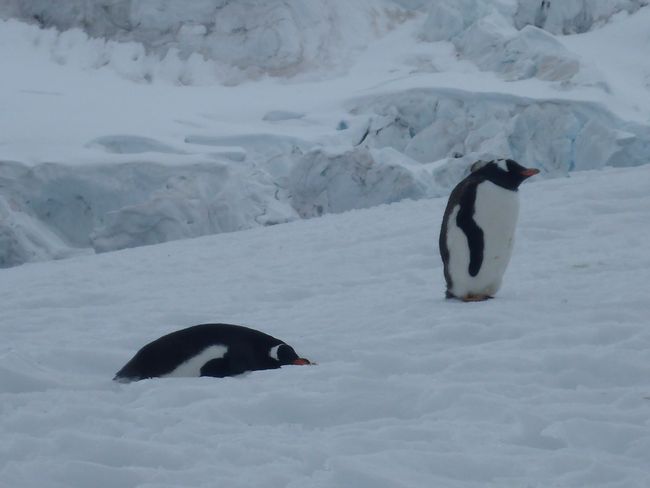
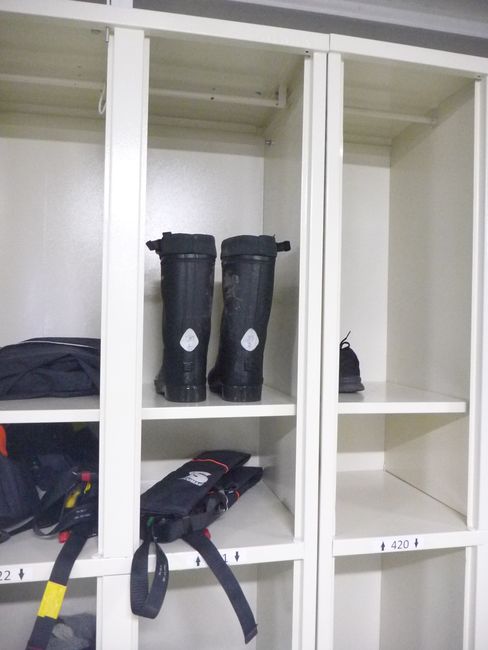
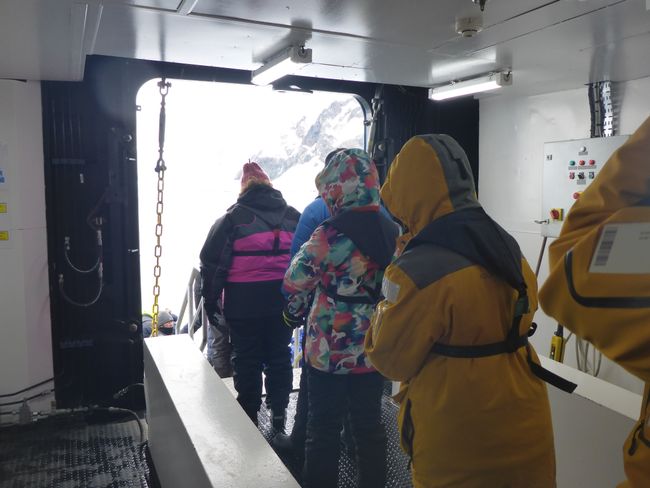
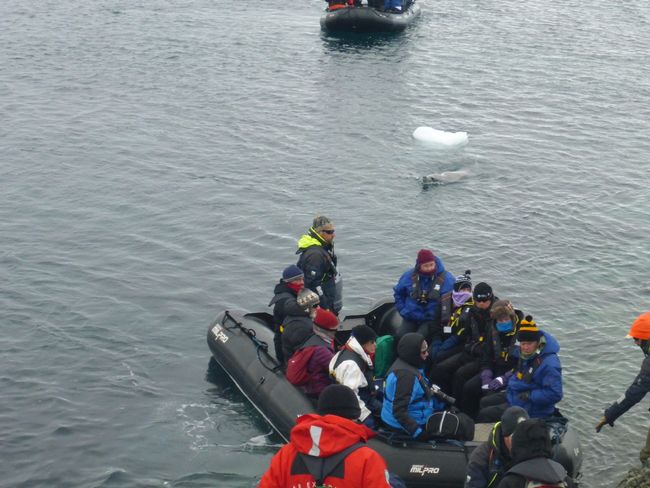
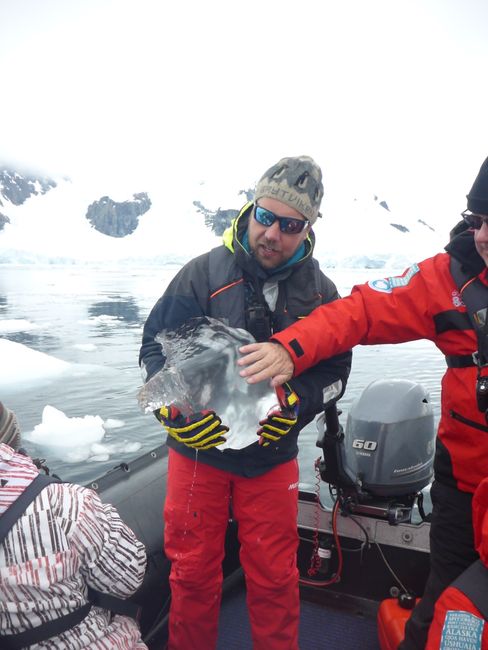
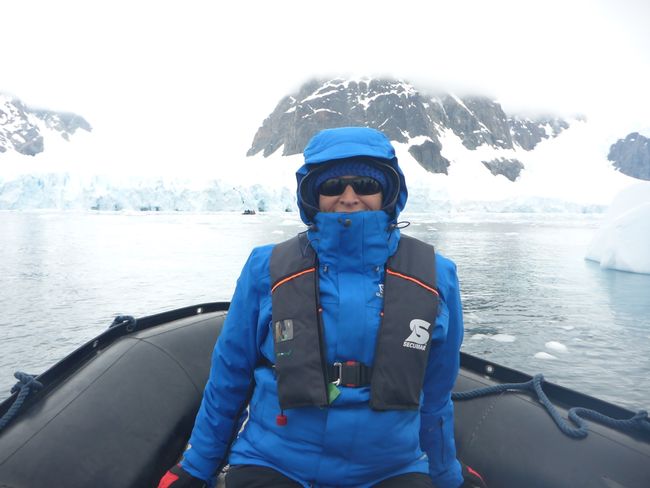
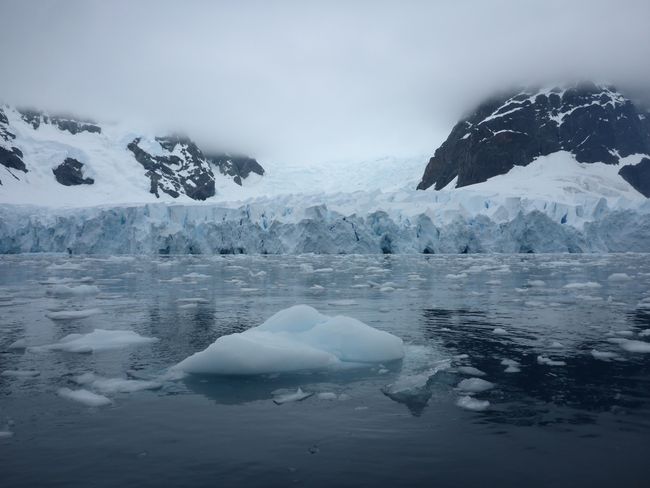
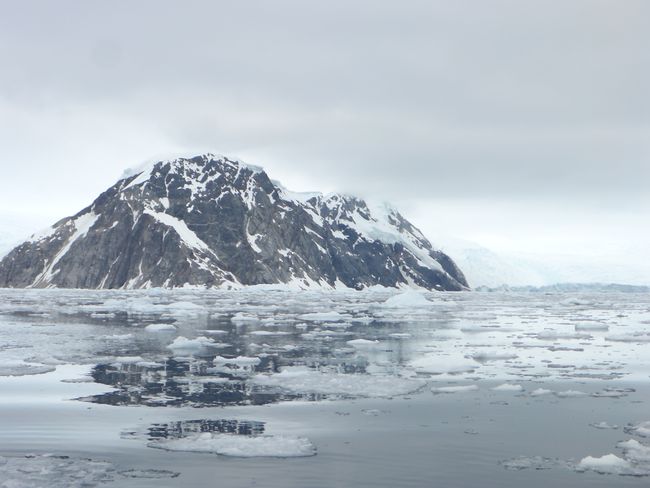
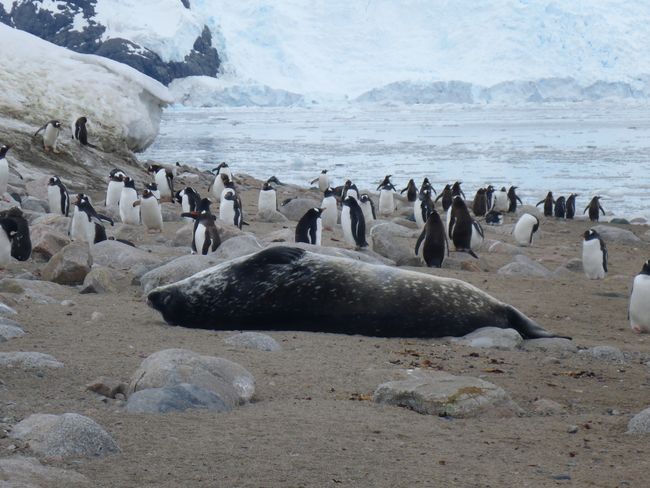
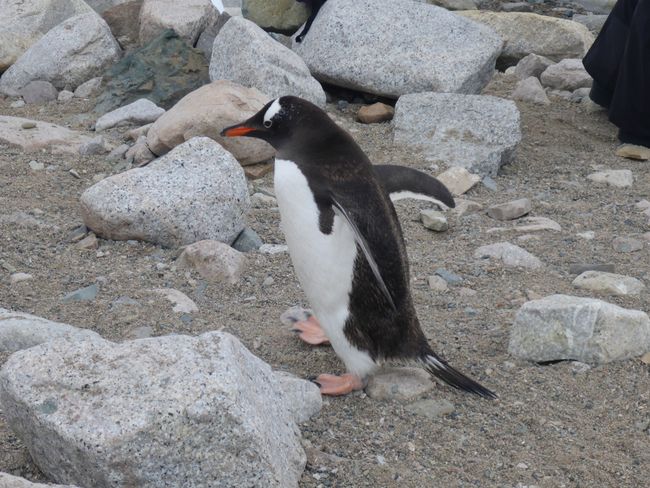
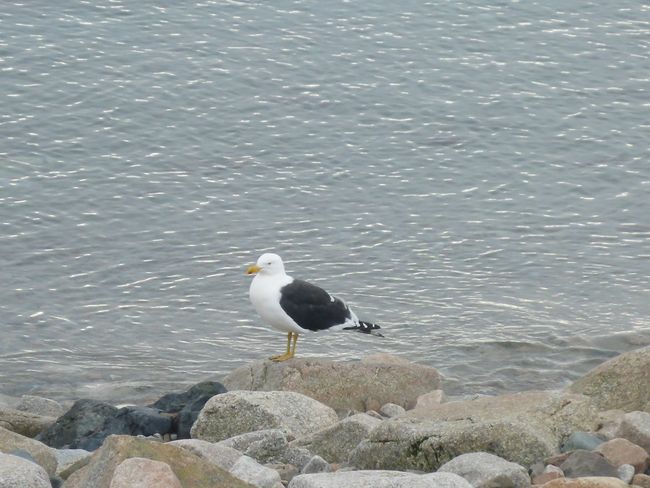
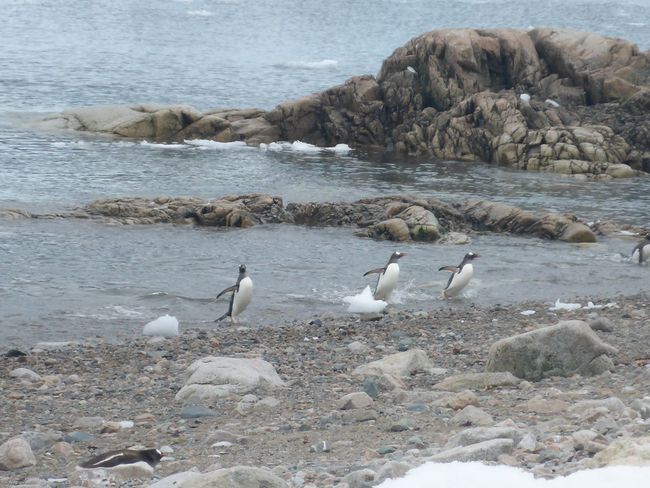
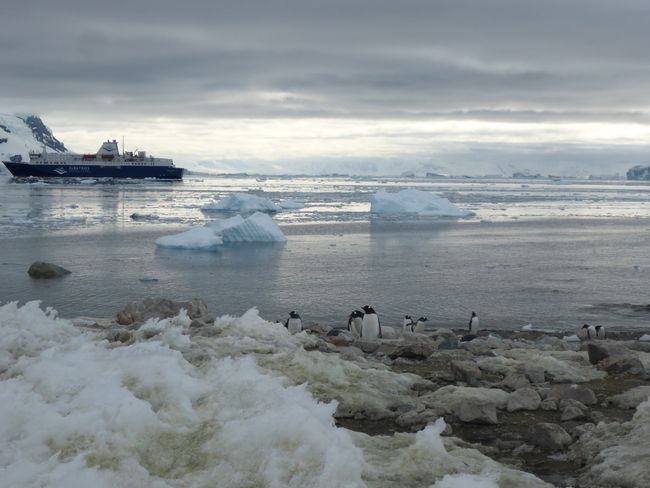
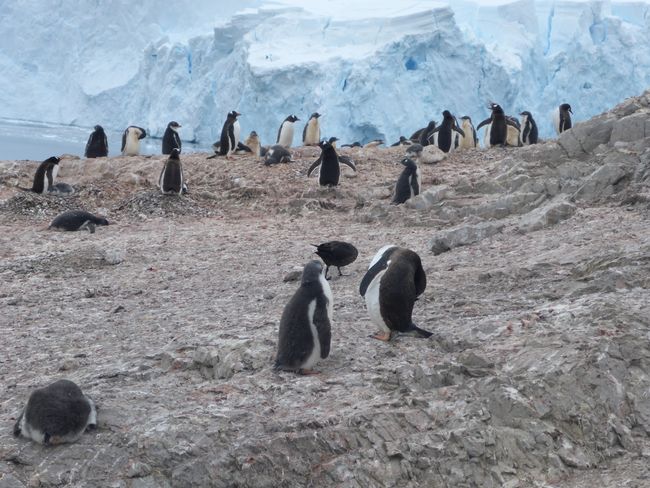
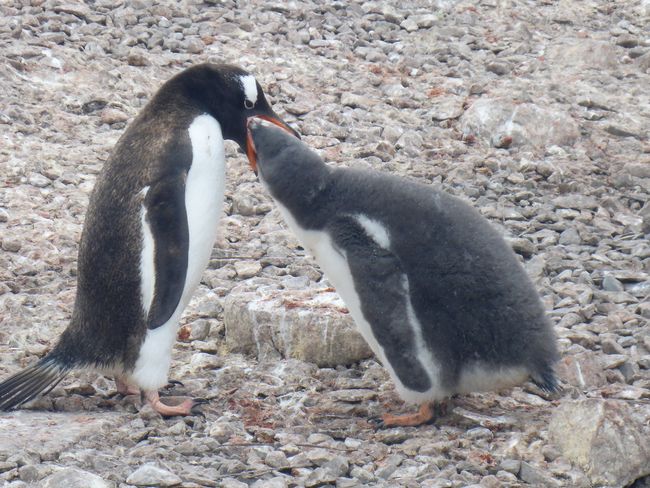
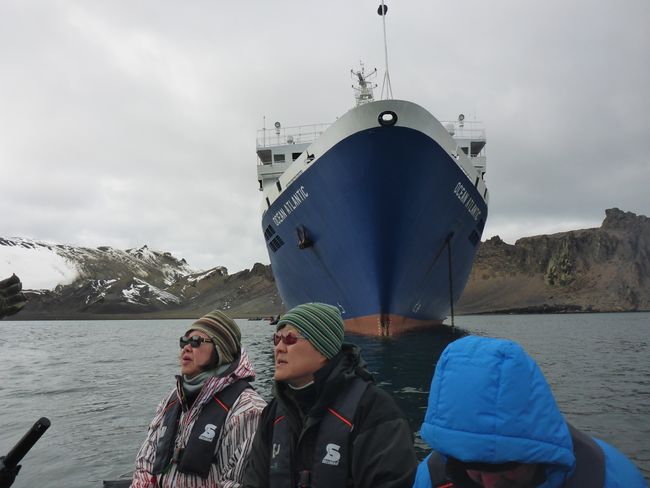
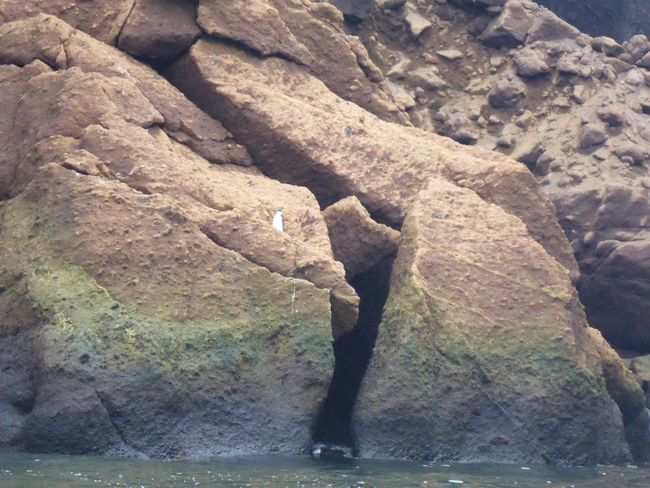
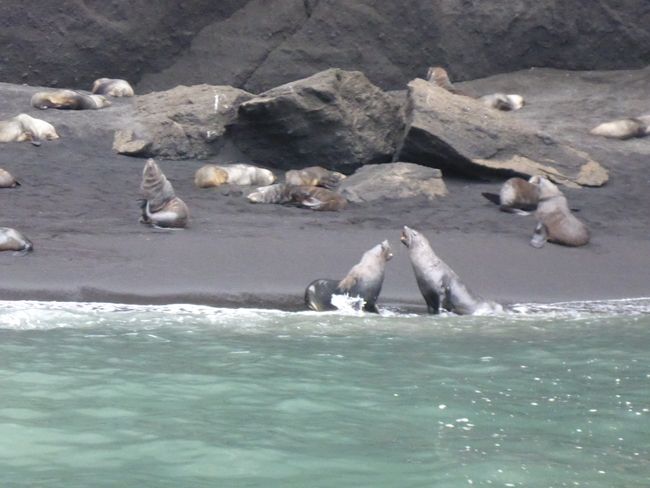
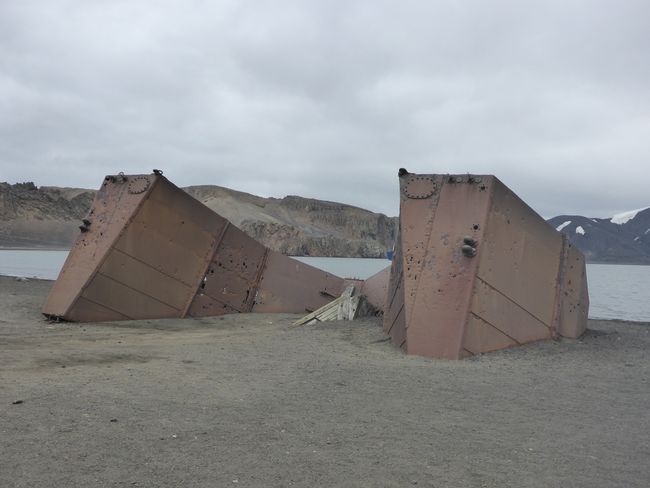
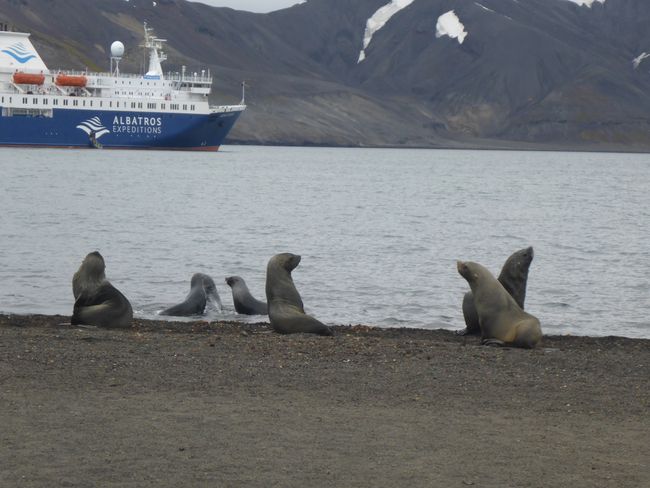
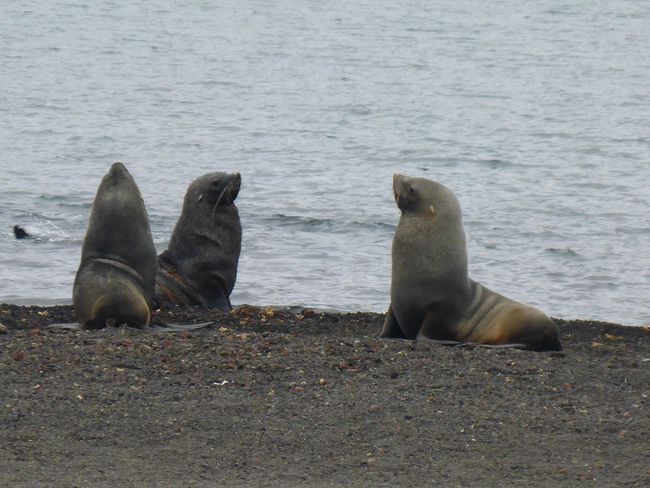
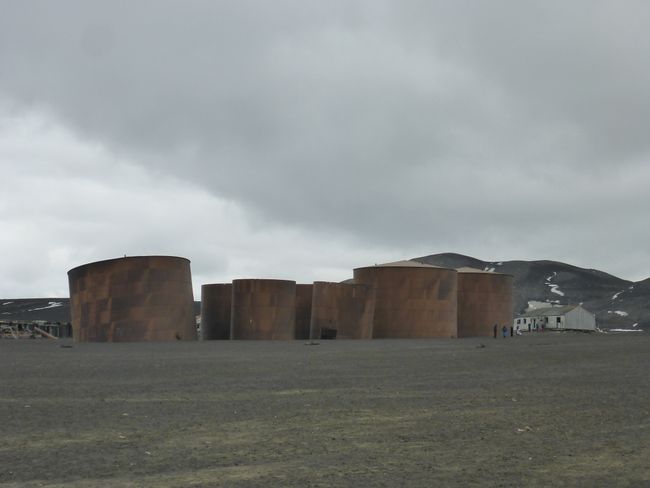
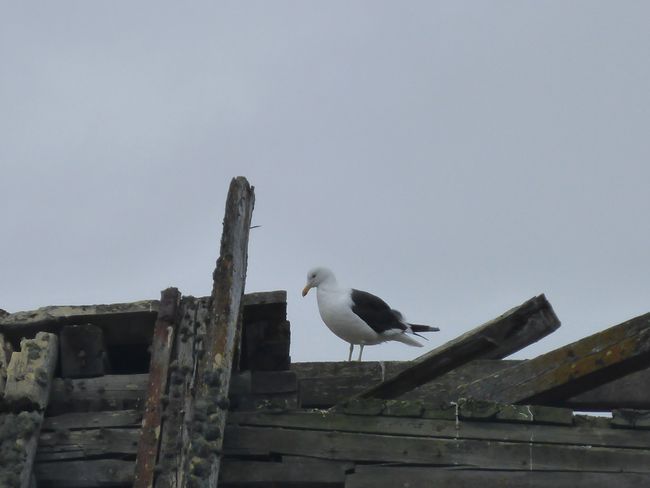
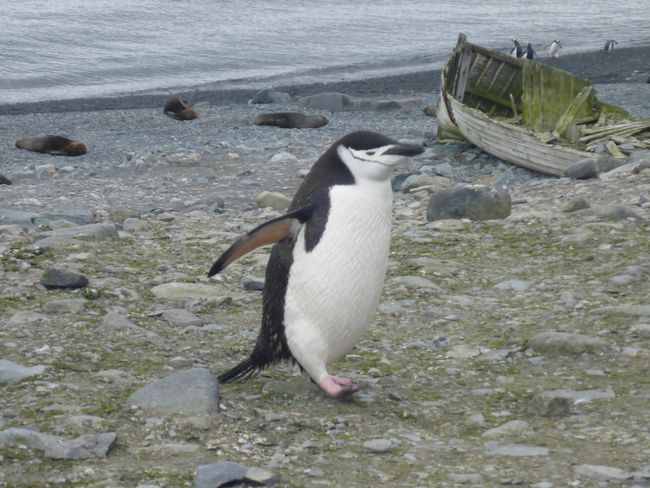
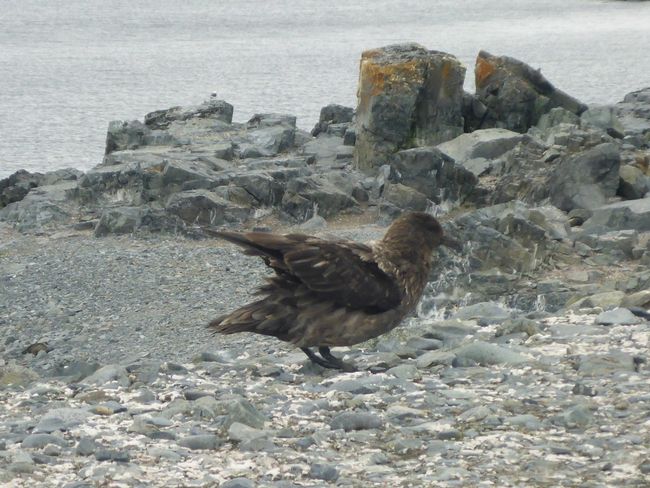
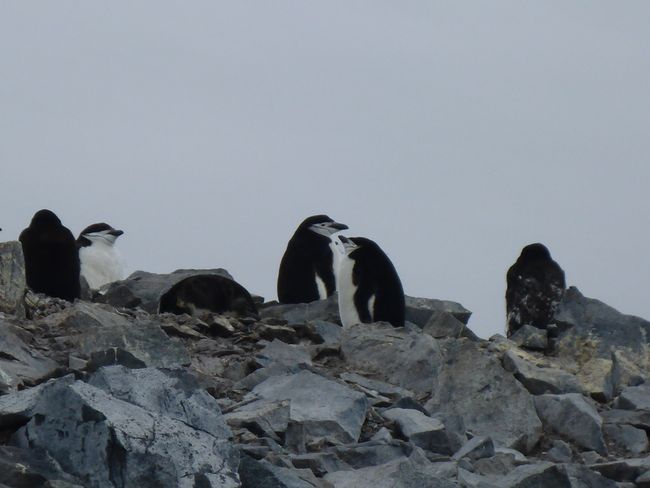
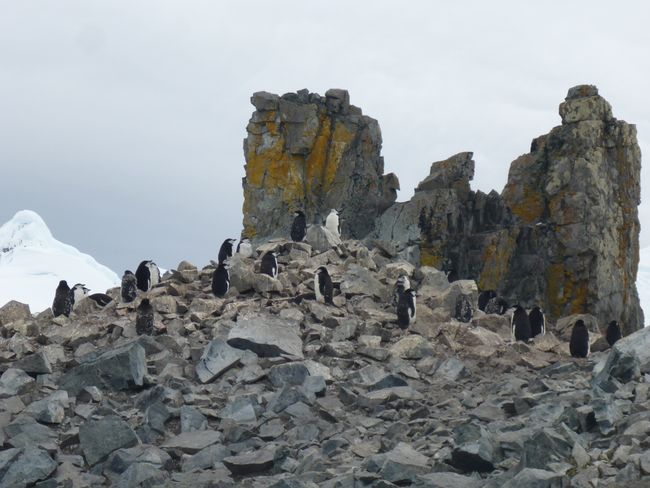
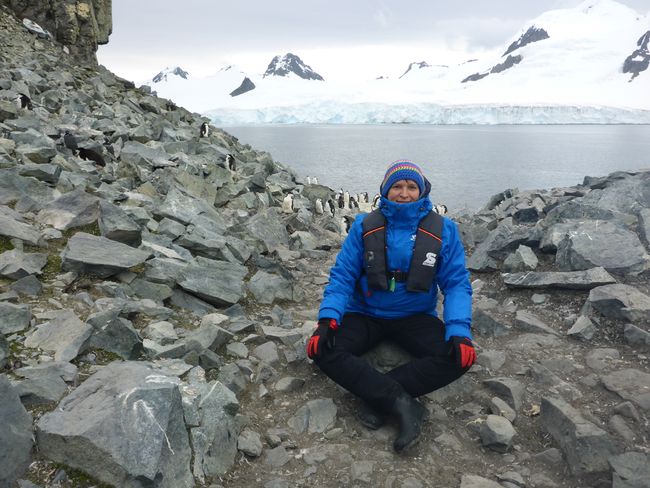
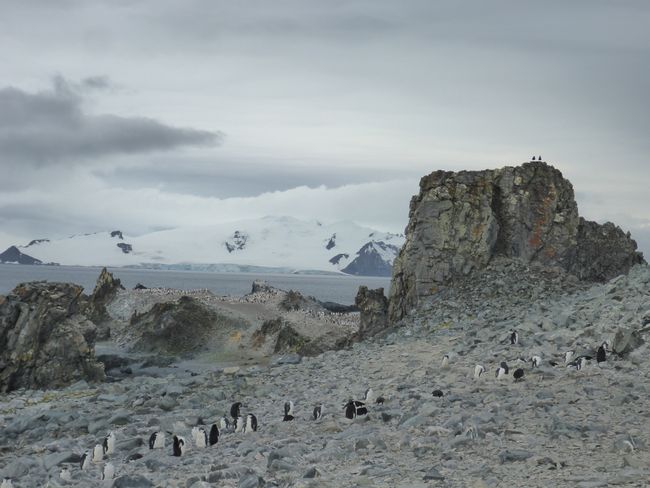
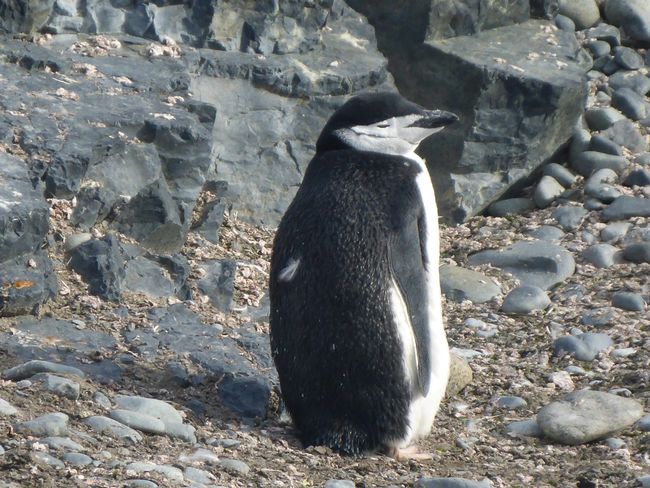
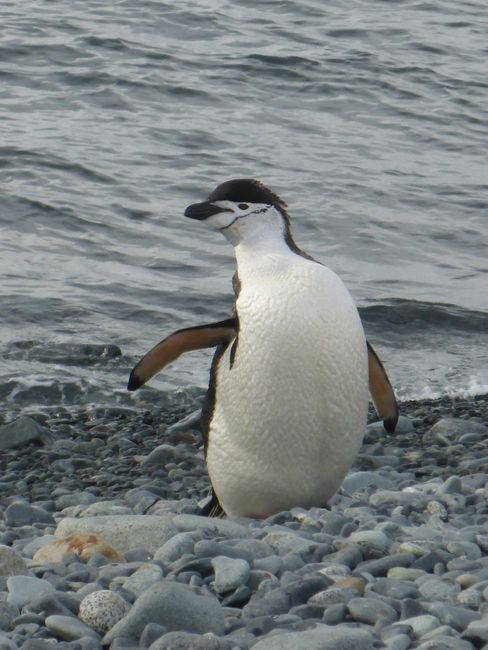
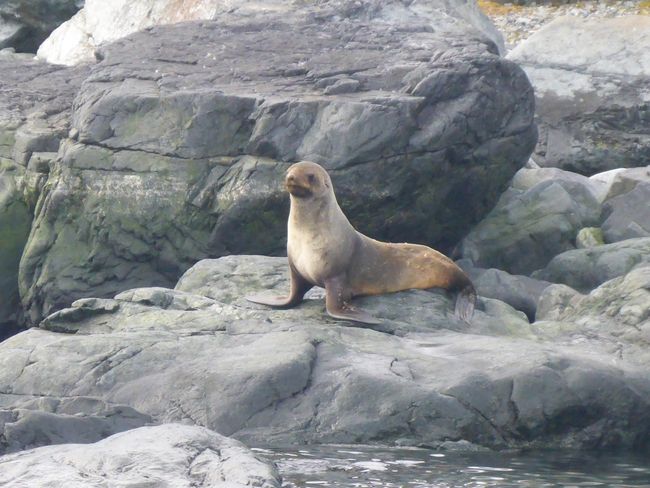
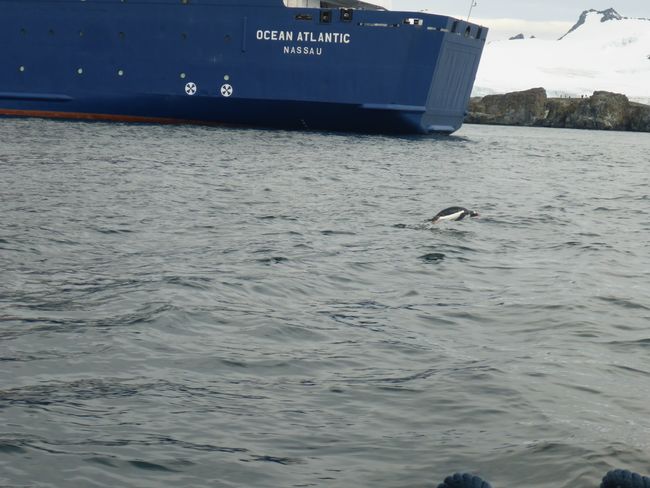
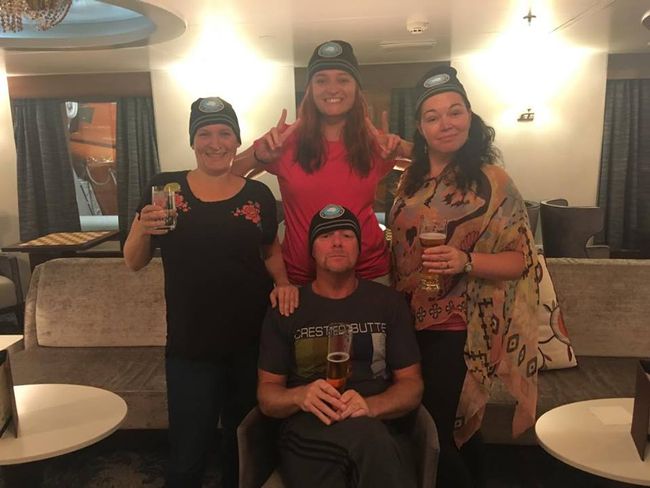
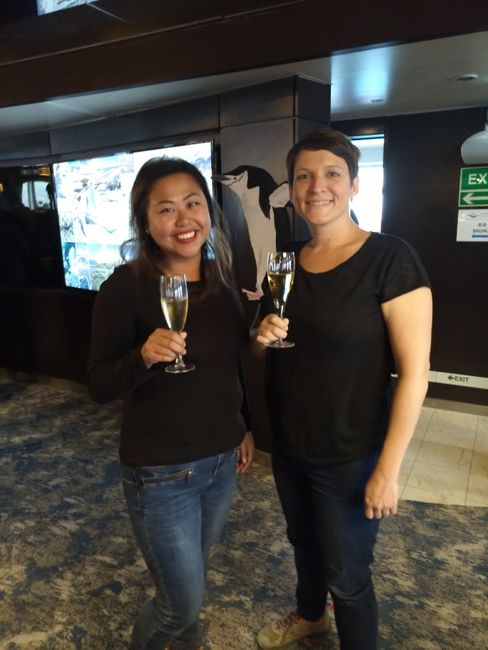
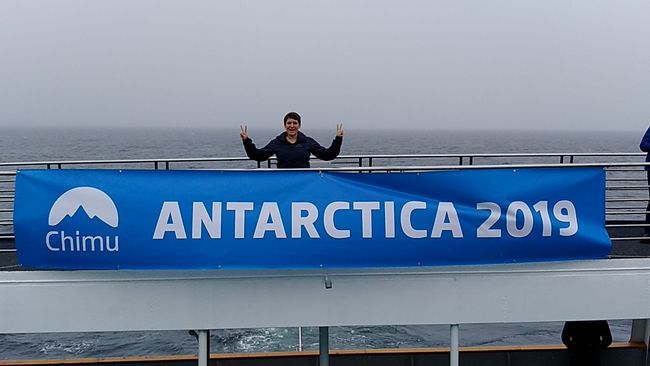
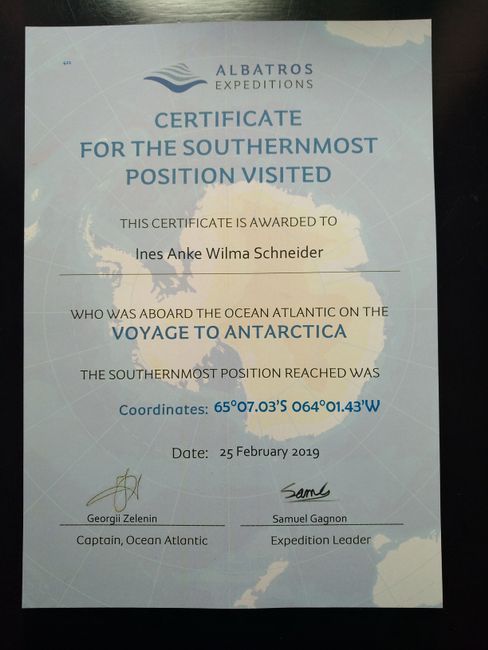
समाचार पत्रिका के लिए सदस्यता लें
On the way further south, I arrive in the region 'Fin del Mundo' - the end of the world. It doesn't really feel like it, but what else could I have imagined. The stories about the discovery by European sailors and the subsequent colonization, which led to the extermination of the four indigenous peoples in this region, are not much different from other stories in which old and new civilizations have met.
In the beautifully designed cemetery in Punta Arenas, one can still see the origins of European families. There are also many German surnames and gravestone inscriptions from the 19th and 20th centuries. It's somehow strange to read in German that someone like Wilhelm Kahrs rests far from home. But it shows once again how much Europe has shaped the rest of the world.
Then the livestock industry quickly established itself in the region, which, for example, supplied the British Army with canned meat during World War II or still exports merino wool to China, albeit on a smaller scale. Today, the area benefits primarily from tourism.
The climate is very harsh. Especially the wind is extremely strong here. The roofs groan, one is afraid that the trees or power poles will crash down and you happen to be underneath. It must be even worse in winter. There is even a railing on one street to make it easier for pedestrians to walk in the strong wind.
And then, for the time being, I leave Chile and drive to Ushuaia in Argentina, the place from where I will embark on the journey to Antarctica. The long-awaited highlight of the trip is finally here.
With mixed expectations, I attend the meeting on the eve to clarify the final questions and to personally meet the expedition participants. As I learn, an expedition differs from a cruise in that there is no fixed itinerary, as the weather conditions at sea and on land can change quickly and the plan is usually overturned frequently. Plan A is made as a reference, and if the previous plan cannot be executed, then we simply switch to Plan B, C, or sometimes even Plan D. I can already say that we were able to follow our primary plan without exception. We were incredibly lucky with the weather. There was even a completely cloudless sunny day, which apparently only occurred three times in the current season. Sometimes it is not possible to land all the groups with the Zodiacs (sturdy motorized inflatable boats) because the wind suddenly becomes too strong and the waves are too big. We were all fortunate enough to be able to participate in all the landings. Additionally, we were able to see the most beautiful places that can be reached during the 10-day trip up close. We were able to set foot on the Antarctic continent both on the Shetland Islands and on the peninsula in the north. The Lemaire Channel had been blocked by massive icebergs for weeks, but fortunately we were able to pass through. Other stops included Paradise Island, Halfmoon Island, Neko Harbour, and Deception Island.
The latter island is quite special. Technically, it is a volcano that was flooded through a breakthrough at the rim of the crater. So we were on a ship in an active volcanic crater. In one of the lectures, it was reported that the volcano is so active that another eruption is actually expected at any time, as the usual 60-year cycle between eruptions has long been exceeded.
On board, there were many lectures on the history of the discovery of Antarctica, the geological composition, and the wildlife. Due to the constant announcements over the ship's sound system, which did not even spare the privacy of the cabins, we were constantly reachable and kept busy with the next events in the Viking Lounge. On 8 out of 10 days, it felt more like attending a seminar than going on a cruise. Even the constant and delicious food resembled that of a good seminar hotel.
The stories of the discovery of the last undiscovered continent are reminiscent of those of Indiana Jones in search of the Holy Grail. Various nations sent out expeditions and eccentric characters more or less simultaneously to be the first to claim the glory. The circumstances in the unknown environment were often underestimated, ships got stuck in ice, supplies ran out, and people died. It is impressive to see that we have been to some of these places or can retrace the routes of the historical figures up close.
Due to the charter company, the guests of the cruise were predominantly from Australia and New Zealand. About 60% of the participants were over 60 years old, but there were also some passengers of the same age. The atmosphere was very good. Many guests had planned the trip for a long time and worked towards it or gave it to themselves as a gift for a milestone birthday.
In addition to the planned discovery tours, there were also two unplanned 'events'. During the first exploration tour with a Zodiac, a yacht was spotted off the beaten path between some smaller islands. It turned out that the yacht had run aground and the tank had taken in water, rendering the fuel unusable. The 6-member crew could not have been luckier, as it is not always the same route that the ships take and the Zodiac also does not necessarily take the same route, as the ice landscape can look completely different from one day to the next. The fact that they were sighted and rescued was more than unlikely. Our ship and many others had the last or penultimate voyage in this season, and after that, there would have only been isolated ships in the area until November.
The third of four landing days was the absolute highlight in terms of the beauty and uniqueness of nature. In the afternoon, there was also the Polar Plunge, where 70 out of 200 passengers took a quick dip in the cold waters of Antarctica to have it confirmed on paper in the end. But as a scaredy-cat, I couldn't bring myself to jump into the water that was just above freezing.
On the last landing day, there was commotion in the morning. An anxious announcement came through the board telephone, requesting the ship's doctor to urgently come to cabin 308, Code Blue. During breakfast, questions were muttered about what this might mean. Shortly afterwards, we were called to the Viking Lounge, and it was announced that a passenger had unfortunately passed away in the morning. A 71-year-old man whom I had not met before had suffered a heart attack in the shower. Sadly, help came too late. He was traveling with his daughter; his wife and mother had passed away several years ago. The event caused consternation. Of course, it was terrible, especially for the daughter, but from a different perspective, I can't actually imagine a beautiful death. The previous day had been truly beautiful. Nature had shown us its most beautiful and majestic side. You couldn't ask for more. With a collective prayer and thoughtful heads, the day continued as planned, as the daughter did not want any disruption to the schedule.
Beforehand, I wondered what there was to see in Antarctica and had assumed that the landscape would be monotonous. I was wrong. Each landing was special and different from the previous one. Where there is no snow or ice, it is very barren. The continent is very dry. There are only two species of plants, one grass and one moss. Therefore, there are also no insects. Life here mostly takes place in the water. Krill is the basis on which all other fish or marine mammals directly or indirectly depend. Krill thrives here due to the cold temperatures and the convergence of different ocean currents, which is why there is such a diverse fauna. But as always, when something works well and is beautiful, humans have to intervene. Naturally, krill is fished down here on a large scale, only to be fed to farmed salmon somewhere else in the world to achieve an appealing red color. We will see how long this can continue if an ecosystem is slowly being deprived of its foundation.
In the history of Antarctica, whaling cannot be ignored. With increasing efficiency, from initial processing sheds on land to floating factories that dismantle specimens of the largest and most peaceful beings into their respective purposes within 20 minutes, the infinite brutality of humans becomes apparent. Even the memory of the video still makes me sick. It is even worse that there are still nations today that persist in whaling or even re-enter commercial hunting, as Japan announced at the end of last year, trying to justify it with tradition.
Whenever possible, I seize the opportunity for a whale watching tour. That's why I was secretly most excited about the whales, which can be observed here extensively at this time of year. And yes, there were really many to discover. However, they were at a distance where you could only see a bit of their backs and rarely a tail fin. Even at the spot where it could happen that a whale surfaces next to a Zodiac, they didn't want to show themselves. Well, it's enough for me to see that they are there, and the Swiss whale expert on board explained to us the feeding behavior, the plastic problem in the seas, and much more with great enthusiasm.
The opening words of an ornithologist were that it is simply not possible to be in a bad mood in the presence of penguins. In hindsight, I can wholeheartedly agree. These little creatures are simply delightful to watch. So far, they seemed less like birds to me, but if you look at them a little more closely, they are clearly birds. How they scream, build their nests, and breed, how the chicks are fed. The only thing they obviously cannot do is fly. But that's not true. They can fly, but not in the air, only in the water. They are so agile and fast. Since they need to breathe, they jump out of the water at regular intervals, which is still a lot of fun to watch even after several sightings. On land, they waddle and hop around like crazy. The breeding sites are usually a good distance from the water for better protection, but they go uphill. It is impressively how persevering these little creatures climb up the hill, occasionally pausing to look around or to get up if they have fallen over, and then just continue. You can learn a lot from them. In winter, when all the land is buried under masses of ice, they escape to the ocean and spend most of the time in the water or occasionally on an ice floe, covering huge distances.
Nature still presents itself here as it is. It is really beautiful to see that penguins are not afraid of humans. Apparently, there was never a need for penguin parents to teach their children to be wary of humans. But they are very cautious around natural predators such as leopard seals. What we had seen in a film, a group experienced live in a Zodiac. The leopard seal grabs a penguin and tosses it back and forth. It does this to kill the little creature and to get to the tasty insides. For him, the feathers are less palatable.
It is still summer. In a few weeks, we will no longer be able to travel to the places where we zoomed around with the Zodiac. Everything will be frozen over. I had no idea how beautiful and fascinating icebergs and ice floes could be. The meter-high formations shimmer in various shades of white and blue. As is well known, the larger part is underwater, and that is also where the icebergs melt. If too much has melted, it can happen that they become top-heavy and the entire iceberg turns once. Then the underside with its magnificent patterns comes to the surface. Ice floes regularly break off from the glaciers and float on the water. They can sometimes be up to 300 km long. The largest ones can be seen from space and are officially numbered.
Speaking of official. Antarctica does not belong to any country. The pioneers did indeed stake their claim and countries including Chile, Argentina, New Zealand, Australia, France, Norway, and the UK made respective claims. In order to put an end to the disputes, the Antarctic Treaty of 1961 literally put the territorial claims on ice and focused on the protection of the region, which may not be used for military or nuclear purposes.
After 8 days, we embark on the 2-day journey back home with a whole bag of new experiences, knowledge, a million photos, nice acquaintances or new friends. Returning through the Drake Passage, which was mild on the way back. But this time, it had to show us how powerful an ocean is and how little a rather small ship with 'only' 450 people on board can do against it. For the experienced crew, it was certainly nothing dramatic, but for the passengers, it was respectable when plates fell to the ground in the restaurant or when the horizon in the window constantly swayed from bottom to top and back.
It was a very special journey, one that will likely not be repeated. I can imagine that I might return one day....
समाचार पत्रिका के लिए सदस्यता लें
उत्तर
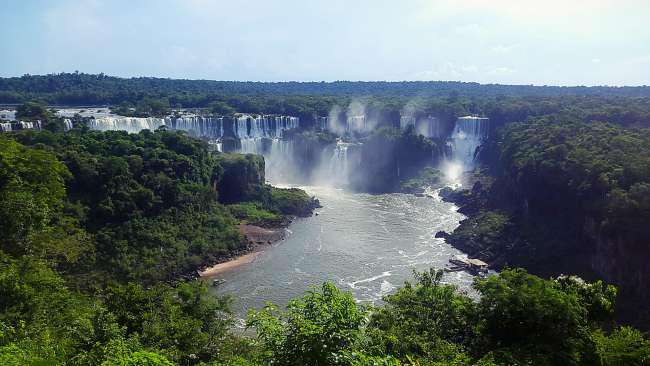
यात्रा रिपोर्ट अर्जेंटीना
